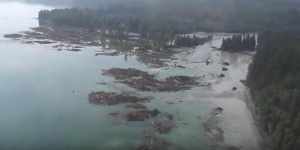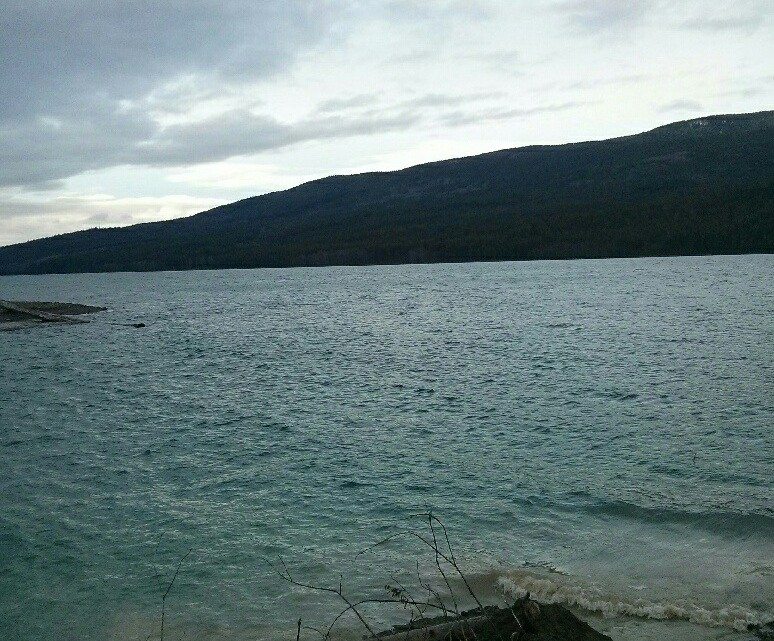
A UNBC professor is concerned with the high copper levels that come up sporadically following the Mt. Polley tailings storage facility failure four years ago.
Dr. Ellen Petticrew says we see this both in the fall when Quesnel Lake turns over, and then in the spring when it sets up again before it starts to warm up.
“We’ve been measuring the conditions in the lake water column over the period of four years since the spill happened and every year it’s quite natural for the lake to come to lower temperatures in the fall and then start to mix the water column so it goes from being a warm water surface to cold bottom waters to almost the same temperature from the top to the bottom,” the professor in Geography explained.
“When the water comes to an almost equal temperature, then the bottom water starts to mix with the surface water and the surface waters cool and go down and everything starts to mix. What’s happening is we’re identifying that there’s sediment being brought into the water column that we pick up both with instrumentation to look at particles in the water, but also pick up higher concentrations of copper that are associated with the sediment that we notice in front of our field station that is just on the river past Likely.”
Because the higher copper levels are on the sediment, Petticrew claims organisms that filter feed, move water through their bodies, or take particles out of the water to feed on are being exposed to these higher concentrations of contaminants.
“We get these responses at both times of the year. We’ve been sampling some of the zooplankton which are in the water column as well as we’ve been sampling some of the organisms which live in the sediment-the benzicon vertebrates. So we’ve been looking at the spatial distribution of these organisms and their copper concentrations, and we find that the highest concentrations are closest to Hazeltine Creek and then get lower in concentration as you go away from the site of the spill.”
Petticrew maintains that it’s a concern that needs to be looked at into the next number of years simply because these are the organisms that are at the lower part of the food web.
“The other higher organisms would eat these organisms so that copper could get into their food supply.”
Although there are naturally occurring levels of copper and other metals, Petticrew says the levels they are picking up in the sediment that are resuspended exceed the background levels which are normally between 50 and 100 parts per million, and that they’re picking up levels as high as 300.
“We’re continuing to look at the patterns in the water column in the lake as well as the river,” she said.
“We’re not ready to stop yet because the concentrations are still high enough that it’s a problem-or we think there will be a problem. The thought is to continue to do more sampling both on the base level of the food web which is biofilm the primary production that occurs in the lake, and then invertebrates and then hopefully into the fish species.”
While meetings to present the data with representatives from Mt. Polley and the Ministry of Environment were last held in May 2017, Pettricew says they will be publishing some of this work in academic literature as well as presenting it through open houses.
– with files from Rebecca Kelli, My Cariboo Now


